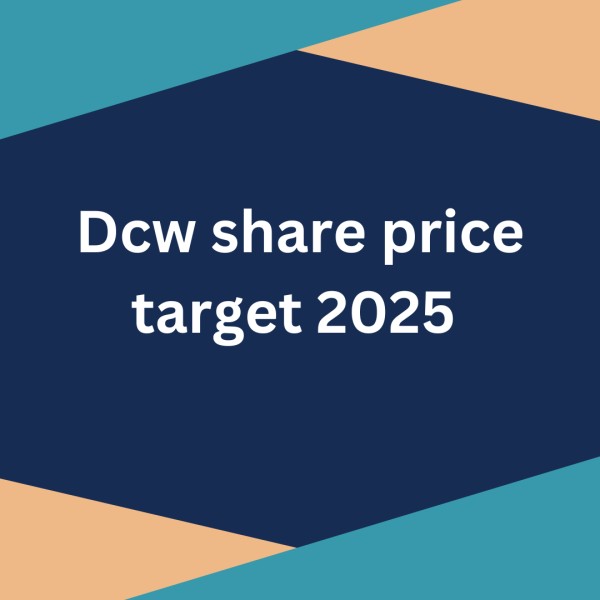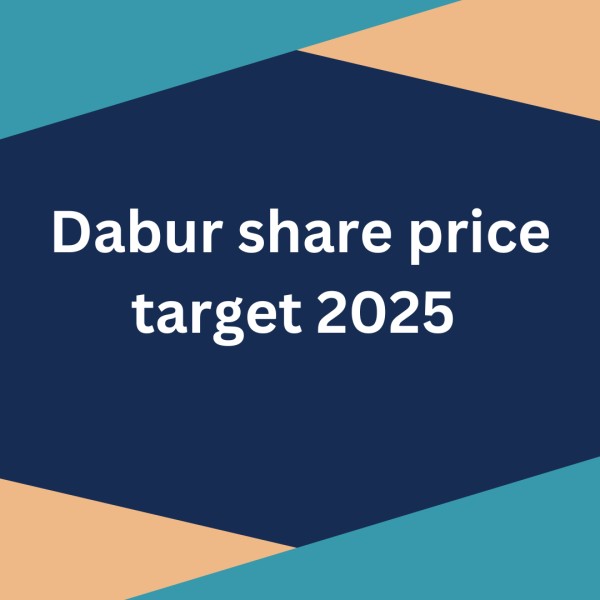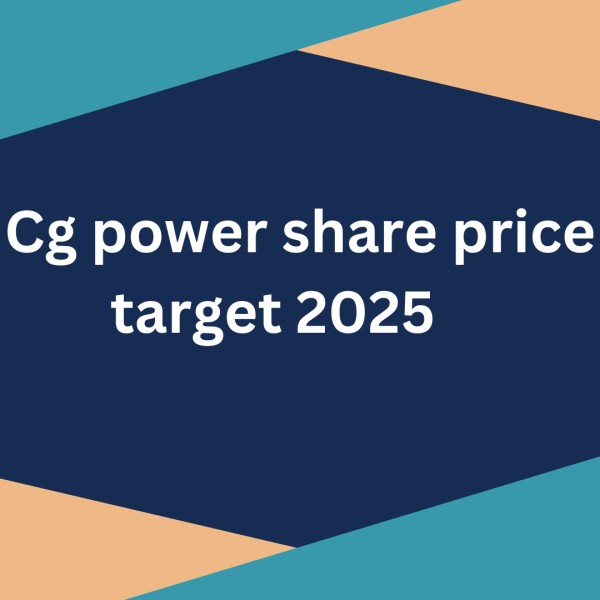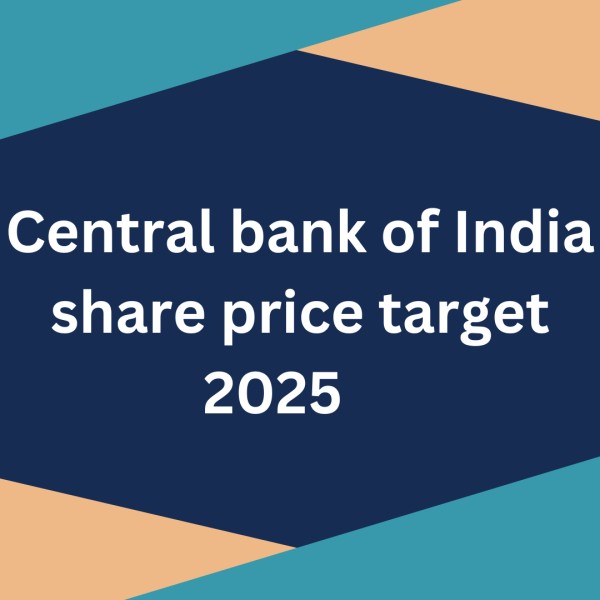
Investors show interest in DCB Bank because the private sector bank maintains a solid business foundation while extending its market reach. Investors require strategic control over the prospective Dcb bank share price target 2025. This assessment examines both DCB Bank’s prospective share price target conditions, along with the variables that will steer its business path.
About the Company
The Reserve Bank of India regulates Development Credit Bank (DCB Bank) as its scheduled commercial bank status. The bank manages 400 different sections throughout India where it serves retail customers together with SME businesses and agribusiness companies.
DCB Bank serves its customers through a people-oriented strategy as assets as well as deposits continue to rise, maintaining a reputation for cautious loan activities and strong asset management practices.
DCB Bank Business Overview
The core business strategy of Dcb bank share price target 2025 involves expanding into different sectors and practicing lending responsibly. The bank operates four primary business sectors that include personal banking services, SME finance, corporate banking solutions, and agri-loan products.
| Metric | Details |
| Founded | 1995 |
| Headquarters | Mumbai |
| Industry | DCB Bank |
| Founder | Aga Khan Fund |
| Market Focus | promoting entrepreneurship and building economically sound companies |
| Key Partner | (AKFED) |
| Employees | 10,000 |
| Stock Symbol | DCB |

Fundamentals of Dcb bank share price target 2025
| Market Cap | 37.04 billion INR |
| Enterprise Value | 56,431.08 Cr |
| 52 Week High/Low | 145.90 and 101.41 |
| Stock P/E | 6.09 |
| Book Value | ₹ 165.77 |
| Dividend Yield | 1.06 % |
| ROCE | 10.86% |
| ROE | 11.85 % |
| Face Value | ₹ 10 |
| Price to Book Value | 0.71 |
| EPS | 17.18 |
| Debt | ₹6,219.48 crore |
| Promoters Holding | 14.7% |
Financial Performance of DCB Bank
- Annual loan disbursal figures demonstrate that DCB Bank delivers steady expansion of its net interest income which results in annual revenue growth.
- The financial performance indicates net profit exceeded ₹450 crore in FY2024 to demonstrate increased profitability.
- The bank demonstrates asset quality strength through less than 3% gross NPA even during challenging economic periods.
- The organization maintains a declining cost-to-income ratio because it achieves better efficiency and executes improved cost management strategies.
| Revenue | 659.74Cr |
| Net Income | 151.44Cr |
| Diluted EPS | 4.79 |
| Net Profit Margin | 22.95% |
DCB Bank Shareholding Pattern
Market confidence is reflected in the diversified ownership structure as retail investors gain chances for achieving long-term gains.
| HOLDING | December 2024 |
| Promoters Holding | 14.7% |
| Fll Holding | 10.9% |
| Dll Holding | 27.9% |
| Public Holding | 46.5% |
Dcb bank share price target 2025
DCB Bank will derive advantages from growing retail loans and digital adoption while improved profitability and asset quality will boost its share price potential.
| Year | Price Target |
| 2025 | ₹118.75 and ₹115.50 |
DCB Bank Stock Price Target 2026
The stock could demonstrate moderate growth throughout 2025 as the bank advances its business while keeping NPA levels minimal.
| Year | Price Target |
| 2026 | ₹232 |
DCB Bank Stock Price Forecast Target 2027
The combination of prolonged NIMs along with technological advancements and comprehensive financial integration of rural areas supplies an opportune time for price levels to escalate.
| Year | Price Target |
| 2027 | ₹266 |
DCB Bank Stock Price Forecast Target 2028
The expansion of DCB Bank into Tier 2 and Tier 3 cities should boost its CASA ratio while generating dependable liabilities which strengthens market confidence.
| Year | Price Target |
| 2028 | ₹305 |
DCB Bank Stock Price Forecast Target 2029
The stock might achieve better revaluation because of favorable regulatory conditions and enhanced digital solutions.
| Year | Price Target |
| 2029 | ₹350 |
DCB Bank Stock Price Forecast Target 2030
Further economic maturity of India will lead to positive valuation increases for DCB and its mid-tier banking status combined with semi-urban market focus.
| Year | Price Target |
| 2030 | ₹400 |
DCB Bank Stock Price Target 2035
Consistent financial performance coupled with institutional expansion may help DCB Bank transform into a leading mid-sized domestic bank of India.
| Year | Price Target |
| 2035 | NA |
DCB Bank Stock Price Target 2040
The bank’s capacity to maintain its compounded revenue growth and high quality assets makes it possible to reach high.
| Year | Pice Target |
| 2040 | NA |
Factors Influencing Share Price Target
- Economic growth & inflation trends
- Policy changes by RBI
- Interest rate fluctuations
- Technology adoption and cost efficiency
- Loan book diversification
- The financial institution must manage NPA levels together with its provisioning requirements.
Future Growth Prospects
The bank demonstrates readiness to expand its business in affordable housing loans and agri-loans as well as SME banking segments. The combination of robust digital systems with strategic alliances combined with cautious risk control should enable dcb bank share price target 2025 to draw investors interested in sustained market expansion and fair price appreciation
Final Thought
The DCB Bank serves as an attractive private sector financial institution which investors currently undervalue. The bank plans to grow steadily while maintaining disciplined lending practices alongside digital expansion which indicate favorable prospects in the upcoming decades. Although it does not carry significant risk for large returns it allows investors to maintain stability along with long-term growth potential.
FAQs
Q1. What should the projected price level of DCB Bank stand at in 2025?
Ans. Market conditions together with earnings will determine a price range between ₹118.75 and ₹115.50 for DCB Bank.
Q2. Does DCB Bank pay dividends?
Ans. DCB Bank chooses dividend distribution as a secondary step to its core business expansion needs.
Q3. What threats exist when investors buy shares from DCB Bank?
Ans. The bank faces significant risks from NPAs that are increasing while regulatory requirements shift and the intense competition among established larger financial institutions.
Disclaimer
The article contains educational information that functions to inform the reader. This information serves only as educational content without any financial recommendations for stock market transactions. All investors must perform individual research studies with their financial advisor to decide about investments.





